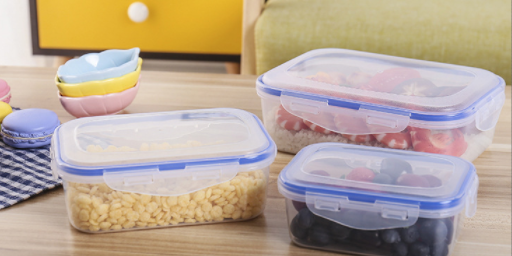Sustainable packaging solutions have become a pressing need in the food industry, and plastic food boxes are no exception. Innovations in this area are helping to address environmental concerns and reduce the ecological footprint of packaging.
- Bio-based Plastics: Manufacturers are increasingly turning to bio-based plastics made from renewable sources like cornstarch, sugarcane, or potato starch. These plastics are compostable and have a lower carbon footprint.
- Recycled Plastics: Using recycled plastics in food packaging reduces the demand for virgin plastic production and diverts plastic waste from landfills. Post-consumer recycled plastics can be utilized in food box manufacturing.
- Edible Packaging: Some researchers are exploring the concept of edible packaging made from materials like seaweed or rice. These materials can be consumed along with the food, minimizing waste.
- Advanced Barrier Coatings: To extend the shelf life of packaged foods and reduce the need for preservatives, advanced barrier coatings can be applied to plastic food boxes. This can also enhance recyclability.
- Design for Disassembly: Creating plastic food boxes that are easy to disassemble into their individual components can facilitate recycling and reduce the impact of plastic waste.
- Reusable Models: Reusable plastic food boxes with improved durability and leak resistance are gaining popularity. Consumers can bring their own containers to grocery stores and restaurants, reducing single-use packaging.
- Lightweighting: Optimizing the design of plastic food boxes to use less material while maintaining structural integrity can significantly reduce their environmental impact.
As consumers and industries become more conscious of their environmental responsibilities, these innovative approaches are paving the way for a more sustainable future in plastic food packaging.

























